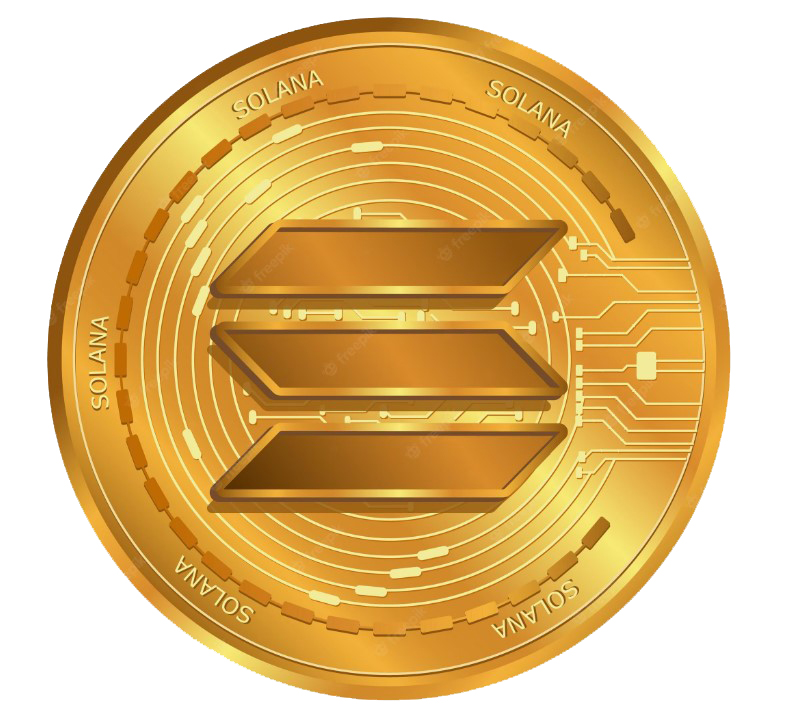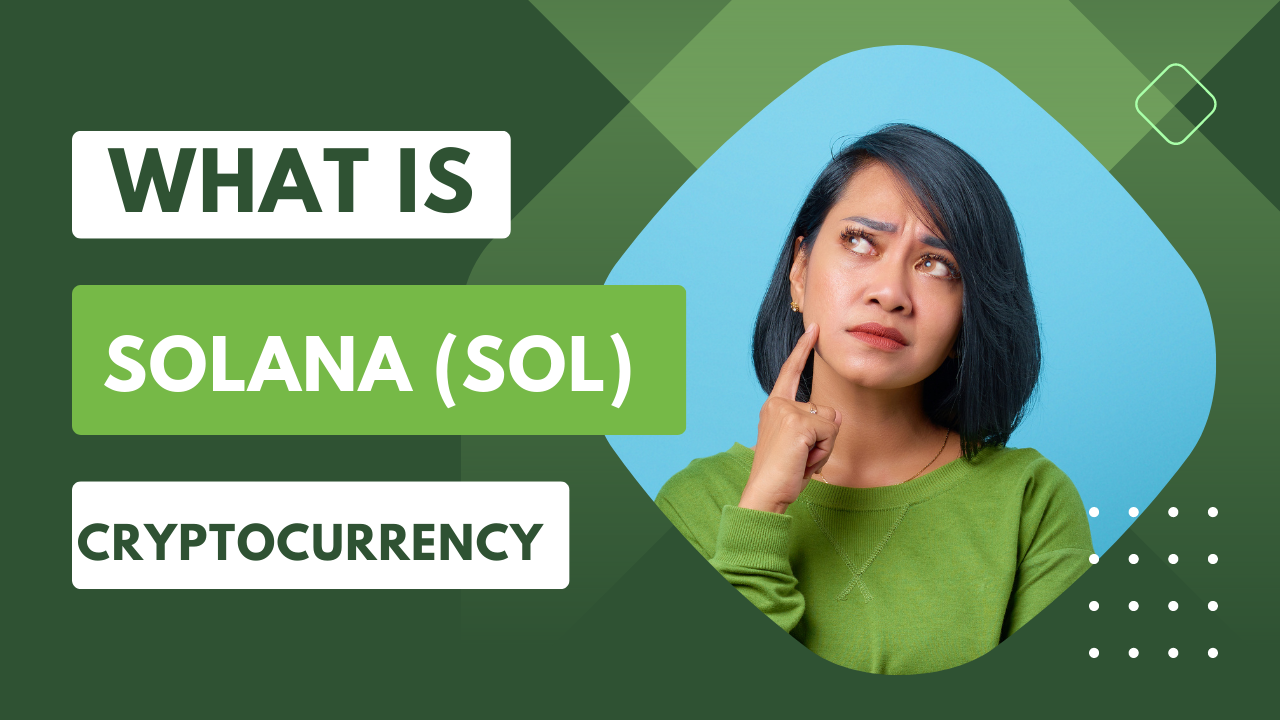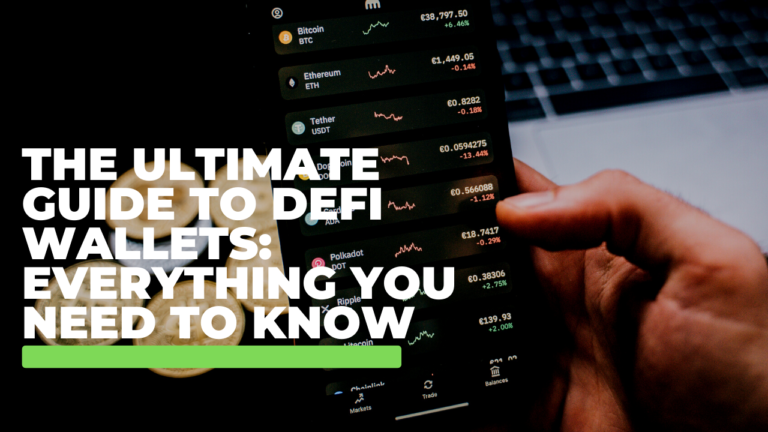Solana (SOL) is a blockchain platform that was created to host decentralized and scalable applications. It was founded in 2017 and is currently run by Solana Foundation based in Geneva, while the blockchain was built by San Francisco-based Solana Labs. Solana uses a proof-of-stake (PoS) consensus model but improves on it with a mechanism called proof-of-history (PoH), which uses hashed timestamps to verify when transactions occur.

Solana’s History
Anatoly Yakovenko, Solana’s co-founder, published a white paper in November 2017 describing the proof-of-history (PoH) concept. In the paper, Yakovenko notes that blockchains that were then publicly available did not rely on time, with each node in the network relying on its own local clock without knowledge of any other participants’ clocks in the network.
Yakovenko’s previous work experience was in the field of distributed systems design with leading technology companies such as Qualcomm Incorporated. This experience made him aware that a reliable clock simplifies network synchronization, and when that occurs, the resulting network would be exponentially faster, with the only constraint being its bandwidth.
Yakovenko surmised that using proof-of-history would speed up the blockchain tremendously compared with blockchain systems without clocks, such as Bitcoin and Ethereum. These systems struggled to scale beyond 15 transactions per second (TPS) worldwide, a fraction of the throughput handled by centralized payment systems such as Visa, which see peaks of up to 65,000 TPS.
How does Solana’s Technology Work?
Solana’s architecture aims to demonstrate a set of software algorithms that eliminate software as a performance bottleneck when combined with a blockchain. The combination enables transaction throughput to scale proportionally with network bandwidth.
Solana’s architecture satisfies all three desirable attributes for a blockchain: it’s scalable, secure, and decentralized. Its architecture describes a theoretical upper limit of 710,000 TPS on a standard gigabit network and 28.4 million TPS on a 40-gigabit network.
Solana’s blockchain operates on both a proof-of-history (PoH) and proof-of-stake (PoS) consensus model. PoS permits validators to verify transactions based on how many coins or tokens they hold, while PoH allows those transactions to be timestamped and verified very quickly.
Solana’s validator clusters, where groups of validators work together to secure the blockchain and move transactions, replace the validator nodes.
Solana vs. Ethereum
Solana and Ethereum are both blockchain platforms designed to host decentralized and scalable applications. However, Solana has distinct advantages over Ethereum in terms of transaction processing speed and transaction costs.
Solana can process as many as 50,000 TPS, and its average cost per transaction is $0.00025. On the other hand, Ethereum can only handle less than 15 TPS, while average transaction fees are around $1.68.
While Ethereum has first mover advantage, with its massive ecosystem, it is second only to Bitcoin in terms of market capitalization. Ethereum’s major upgrade, which merged its Beacon Chain and Mainnet Chain, provided the framework that will allow its blockchain to be more scalable, secure, and sustainable.
Solana’s Tokenization Standard
Solana has its own standard for tokenization, SPL Token, similar to Ethereum’s ERC-20. SOLs are available in fractional amounts called lamports, which have a value of 0.000000001 SOL. Lamports are named after Solana’s biggest technical influence, Leslie Lamport, a computer scientist best known for his work in distributed systems.
Solana has a total supply of 511.6 million SOL tokens, 355 million of which have already entered the market. If considered by market capitalization, Solana is the ninth largest cryptocurrency company.
Solana’s Popularity
The cryptocurrency that runs on the Solana blockchain–also named Solana (SOLUSD) and using the ticker symbol SOL–soared almost 12,000% in 2021 and at one point had a market capitalization of over $66 billion, making it the fifth-largest cryptocurrency by this measure at the time.
Despite its popularity, SOL did not escape the cryptocurrency bloodbath of 2022. By Oct. 3, 2022, SOL had dropped to about $11.71 billion in market capitalization. It also fell to ninth place in market capitalization.
Solana’s Proof-of-History Concept
Proof-of-history (PoH) is a proof for verifying order and passage of time between events, and it is used to encode trustless passage of time into a ledger. PoH gets past this hurdle, with every node in the network able to rely on the recorded passage of time in the ledger on the trustless basis that is key to blockchain functioning.
Solana’s Founding and Expansion
Yakovenko’s initial implementation began in a private codebase and in the C programming language. At the behest of his former Qualcomm colleague Greg Fitzgerald, Yakovenko subsequently migrated the entire codebase to the Rust programming language.
In February 2018, Fitzgerald began prototyping the first open-source implementation of Yakovenko’s white paper and subsequently made the first release of the project, demonstrating that 10,000 signed transactions could be verified and processed in just over half a second. Shortly thereafter, Stephen Akridge–another of Yakovenko’s Qualcomm colleagues–demonstrated that throughput could massively improve by offloading signature verification to graphic processors.
With these project milestones under their belts, Yakovenko recruited Fitzgerald, Akridge, and three others to co-found a company called Loom. However, because of the potential for confusion with an Ethereum-based project with a similar name, the company/project rebranded to Solana, after the small beach town near San Diego where the co-founders lived when they worked for Qualcomm.
In June 2018, the project scaled up to run on cloud-based networks, and a month later, the company published a 50-node, permissioned, public test net consistently supporting bursts of 250,000 TPS.
Conclusion
Solana is a blockchain platform designed to host decentralized and scalable applications. The platform’s unique PoH mechanism and validator clusters make it faster and more efficient than its competitors, including Ethereum. Solana has its own tokenization standard, SPL Token, and its cryptocurrency, SOL, has gained immense popularity in the past year. While the cryptocurrency market has been volatile, Solana’s unique technology and expanding ecosystem make it a promising player in the blockchain space.












+ There are no comments
Add yours